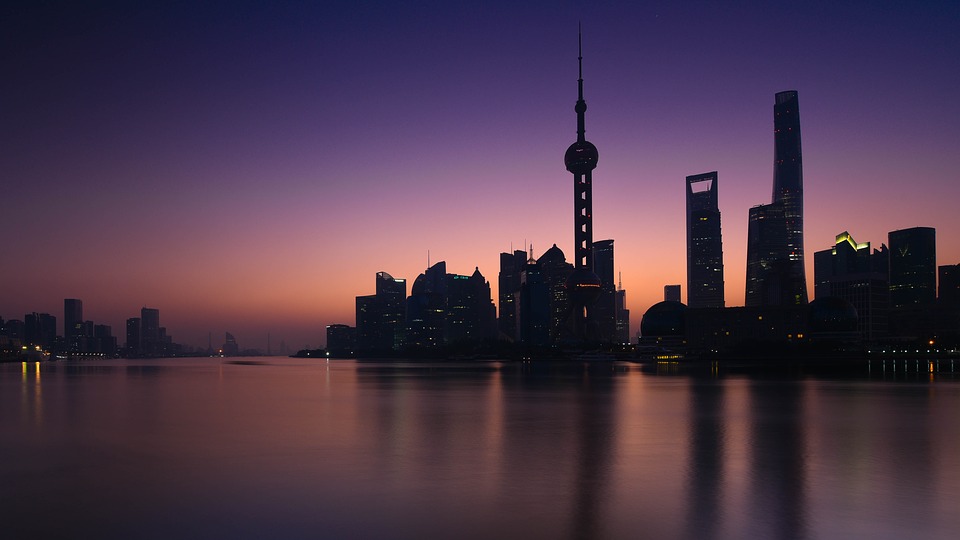
Shanghai rolls out policy package to facilitate trade with ‘Belt and Road’ countries
Shanghai, China’s largest port of entry under the free trade agreement (FTA), has simplified the cargo clearance process for imports from the Belt and Road countries, and explored ways to serve origins of emerging industries, so as to gradually lower the trade costs of the Belt and Road countries on Chinese market. For instance, two transformers worth over 12 million yuan were recently sent back to China for maintenance from an Ethiopian industrial park, and it only took 70 minutes for the two machines to go through all the procedures from acceptance to inspection at Shanghai Wusong Customs. “The applicant waited at only one counter, and the examination and inspection of the cargos were completed in only one round,” said the declarer of the two transformers, adding that total time spent was reduced by over half from before. Suning, one of China’s largest retailers, has expanded its purchase from Belt and Road countries and regions, including the ASEAN and Central and Eastern Europe (CEE), said Xu Hailan, executive vice president of the second East China division of Suning. Xu explained that food, health care products, fresh produce, as well as baby and maternal products from these regions are very popular in China. The value of the first direct purchase of durians from Thailand reached 940,000 yuan, he said, adding that direct purchases of fresh produce accounted for the majority of imports from Belt and Road countries and regions. Suning will help build the supply chain for these places of origin through its experiences on smart retail such as big data, block chain, and automatic logistics, he noted. The first China International Import Expo (CIIE), which is scheduled to kick off this November in Shanghai, has attracted huge attention and the exhibition booths have almost been fully booked, according to its organizer the China International Import Expo Bureau. A great number of visitors have registered for the expo as well. By Aug. 7, more than 160,000 purchasing agents from over 80,000 domestic and foreign enterprises have registered for the event, far more than the planned figure of 150,000. “The CIIE creates conditions for China to further expand imports, and it also diversifies resource allocation and improves efficiency,” said Xu, pointing out at the same time that China has made progress regarding diversification of the domestic consumption market and trade facilitation, accumulating new momentum for foreign trade. With the advancement of the Belt and Road construction, the National (Regional) Pavilions of Belt and Road countries at the China (Shanghai) Pilot Free Trade Zone are embracing new development opportunities. Making efforts on administrative reform, Shanghai Customs is building a filing mechanism to support the National (Regional) Pavilions of Belt and Road countries, so as to facilitate the efficient flow of market factors. CEE commodities, as well as cultural and travel products are on routine exhibition at the 16 CEE countries’ pavilions. There are more than 300 varieties of rose products at the National Pavilion of Bulgaria, and 10 Georgian wineries exhibiting their products at the show room of the Wine Center of Georgia. Starting from the principle of achieving shared growth through discussion and collaboration, Shanghai Customs adjusted tariffs on the competitive products from Belt and Road countries and regions to expand import of these commodities. Shanghai Customs found that the tariff cut on nuts from Pakistan and other countries has not only met the demand of domestic consumers, but also promoted China’s trade relations with Belt and Road countries and regions. A combination of measures has been adopted to improve trade facilitation and release policy dividends, said an official from Shanghai Customs, elaborating that 200,000 batches of imported goods from Belt and Road countries under preferential trade agreements were handled by Shanghai Customs in 2017, up 15.1 percent from a year ago. These batches of goods were worth 98.16 billion yuan, and the tax exemption was 11.97 billion yuan, respectively growing by 30.6 percent and 29.1 percent year on year. The value and tax exemption accounted for 54.8 percent and 66.4 percent of the total value of goods and tariff preference under the preferential trade measures of Shanghai Customs in 2017, and 25 percent and 29.5 percent of those under the national preferential trade measures related to Belt and Road countries, according to the official.
By Tian Hong
(People’s Daily)



